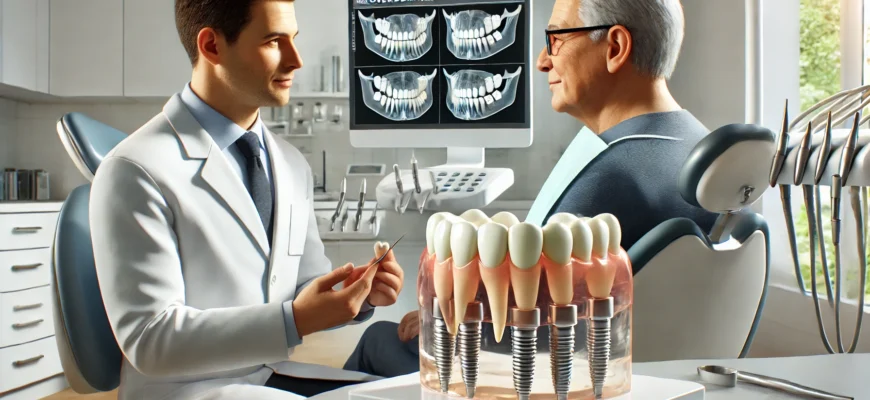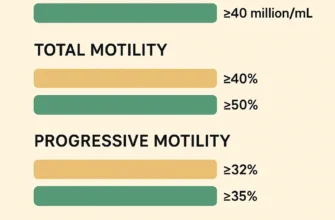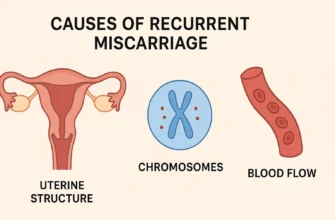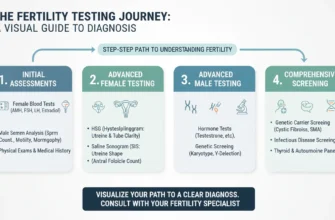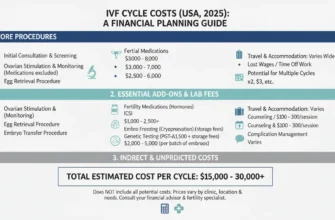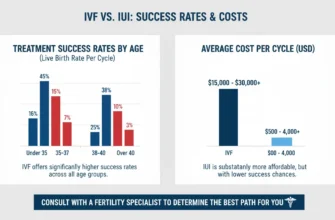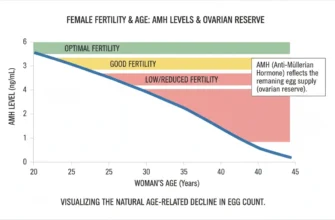Understanding Overdentures: Implant Support Options, Bar Attachments, Locator Systems, and Associated Costs
Overdentures are removable dental prostheses designed to fit over a set of remaining natural teeth or dental implants, providing enhanced stability and comfort compared to traditional dentures. They are particularly beneficial for patients seeking a more secure and functional alternative to conventional dentures.
Implant Support Options for Overdentures
Implant-supported overdentures utilize dental implants embedded into the jawbone to anchor the prosthesis, offering superior stability and retention. This approach helps preserve bone density and reduces the risk of bone resorption, a common issue with traditional dentures. The primary implant support options include:
Two-Implant Overdentures
This method involves placing two implants in the lower jaw to support the overdenture. It is a cost-effective solution that significantly enhances denture stability. Studies have shown that the 5-year maintenance costs for mandibular overdentures with a locator attachment system can be equal to or higher than the initial treatment cost.
Four-Implant Overdentures
Utilizing four implants, this option provides increased support and is often recommended for the upper jaw, where bone density may be lower. The additional implants offer enhanced stability and retention, improving overall function and comfort.
Attachment Systems for Overdentures
The choice of attachment system is crucial for the retention and stability of overdentures. Common attachment systems include:
Ball Attachments
These consist of a spherical component (the ball) that fits into a corresponding socket or housing on the prosthesis. Ball attachments are straightforward and effective, providing good retention and ease of maintenance.
Bar Attachments
A bar is fixed to the implants, and the overdenture clips onto this bar. This system offers enhanced stability and is particularly useful when multiple implants are placed. Bar attachments can be made from various materials, including titanium and zirconia, to suit individual patient needs.
Locator Systems
The LOCATOR® attachment system is a self-aligning, resilient attachment designed to provide superior retention and stability for implant-supported overdentures. It is particularly beneficial for patients with non-parallel implants, as it allows for some movement between the implant and the overdenture, reducing stress on the implants. The LOCATOR system has been shown to be cost-effective, with maintenance costs comparable to or higher than the initial treatment cost over a 5-year period.
Costs Associated with Overdentures
The cost of overdentures varies based on factors such as the number of implants, type of attachment system, and geographic location. On average, implant-supported overdentures range from $6,500 to $22,500.
It’s important to note that while the initial investment may be higher than traditional dentures, implant-supported overdentures often result in lower long-term maintenance costs and improved quality of life.
Conclusion
Overdentures offer a reliable and comfortable solution for patients seeking alternatives to traditional dentures. With various implant support options and attachment systems available, patients can work with their dental professionals to determine the most suitable approach based on individual needs and preferences. Understanding the associated costs and benefits is essential for making an informed decision about dental prosthetic options.
At Niito.KZ, we are committed to providing comprehensive information and support to help you make the best choices for your dental health.

